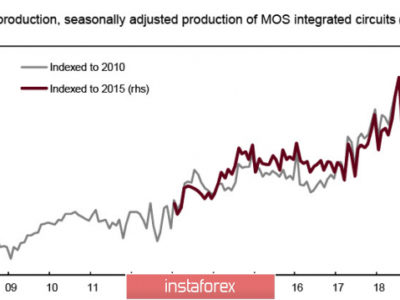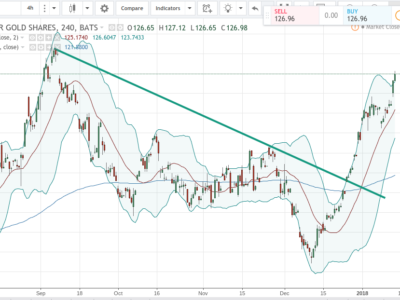Size Matters: How Leverage Works in the Financial Markets
In the world of finance, leverage is a powerful tool traders use to maximize their returns. In essence, leverage is the strategy of using borrowed money to increase return on investment.[1] The borrowed money is provided to the investor by the broker that is handling the account.
Investors lever their investments by using various financial instruments, including futures, options and margin accounts. The forex market offers one of the highest leverages available in the financial markets, allowing traders to profit from fluctuating exchange rates.
Leverage is usually expressed in the form of a ratio of personal cash to borrowed funds. In the retail financial industry, common leverage ratios include 50:1, 100:1 or 200:1. The bigger the ratio, the higher the leverage that is achievable.
Leverage of 100:1 essentially states that the investor can control $100 in borrowed capital for every $1 in personal cash. With a leverage of 100:1, a trader can control a $100,000 position on a cash deposit of just $1,000. The $1,000 deposit a trader puts down to control the $100,000 position is called margin. Using borrowed funds to buy securities is usually referred to as “buying on margin.”
As you can probably tell, leverage is a very attractive strategy for traders because it allows them to magnify their profits using very little of their own money. Although 50:1 or 100:1 leverage may appear extremely risky, it is significantly less in the forex market because currency prices usually fluctuate by less than 1% during the day. Traders buying and selling pairs on an intraday basis are usually not exposed to dangerous levels of volatility.[2]
But that isn’t to say leverage doesn’t carry risks. It absolutely does, and many traders have learned this the hard way. After all, leverage is a double-edged sword that not only maximizes your gains, but your losses as well. If a leveraged position moves in the opposite direction, traders assume a bigger loss than they otherwise would have if they were just trading their own money.
To avoid magnifying their losses, traders typically use a very strict trading style on leveraged positions. This includes the ample use of stop and pending orders, which may limit downside exposure on a particular position. This is especially important if a trader is unable to monitor their position for an extended period or if they are dealing with an unstable trading environment.[3]
For inexperienced traders, using modest leverage may be prudent. Some retail brokers offer very high leverages, but that doesn’t mean you need to take them up on their offer. At best, leverage should be used to complement a successful trading strategy, not relied upon to generate gains. The principles of risk management and trading psychology should be put to use on any leveraged account.
[1] Eva Sadej. How Leverage Works in Investments. BlueLeaf.
[2] Kesavan Balasubramaniam. “How does leverage work in the forex market?” Investopedia.
[3] Eva Sadej. How Leverage Works in Investments. BlueLeaf.
The post Size Matters: How Leverage Works in the Financial Markets appeared first on Forex.Info.
Source:: Size Matters: How Leverage Works in the Financial Markets














